Fitting an electric fan to a car
The Video Course teaches you everything about modern cars.
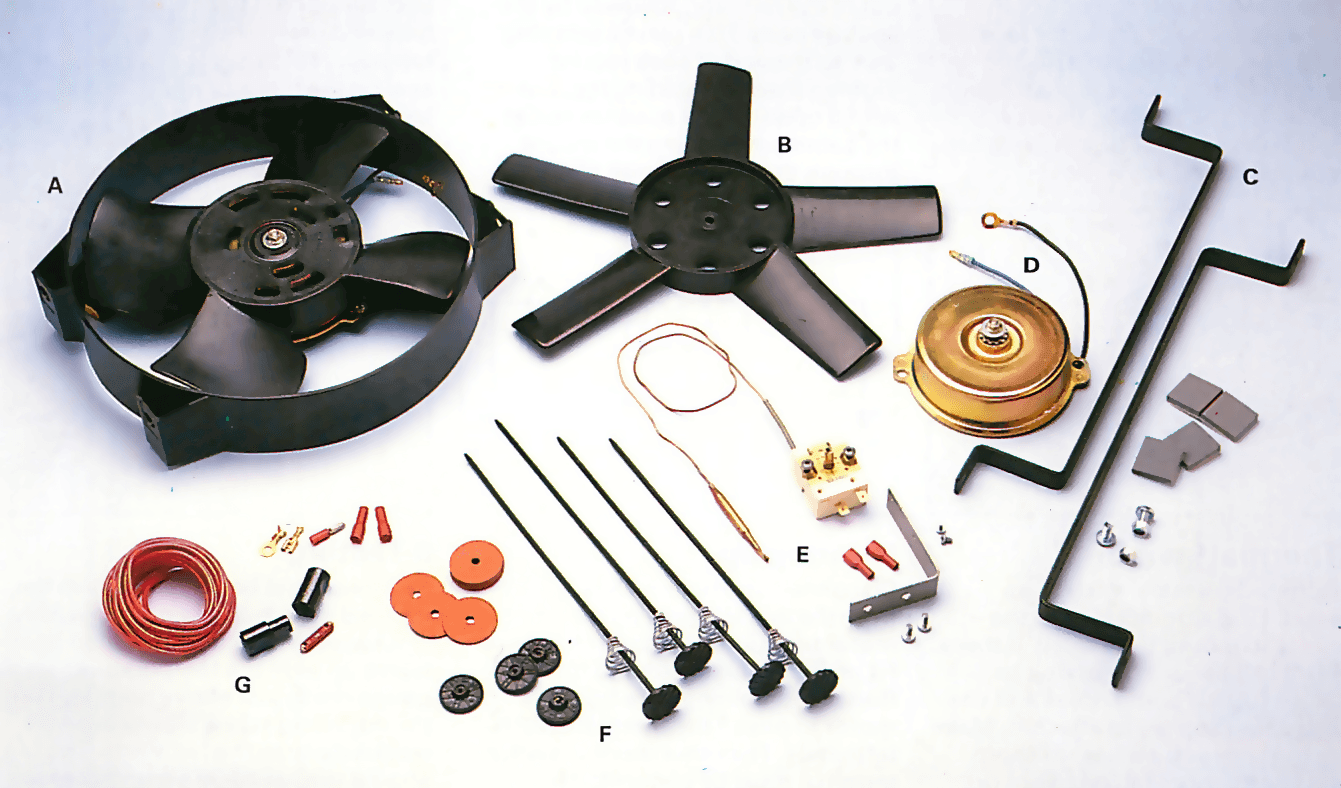
All cars have a fan to help cool the coolant as it passes through the radiator . On most cars, the fan is driven directly by the engine , usually via the generator drive belt. But this arrangement means that the fan always runs at the same speed as the engine. This has several disadvantages.
Mechanical problems
First, the fan runs as soon as the engine is switched on and is cold. This is when the engine needs to warm up as soon as possible for maximum efficiency, and having the fan running delays this process.
Second, when the car is travelling fast and the engine is running at high speed, the fan is also turning over at its fastest. But in these conditions, the airflow through the radiator is enough to keep the engine cool, so the fan is being driven for no reason - all it is doing is wasting power.
Third, in a traffic jam, when the engine is idling and the car is stationary, there is no proper airflow through the radiator and so the engine can easily overheat. Yet, because the engine is idling, the fan is also running at its slowest and often cannot keep the engine cool enough.
Electric fans
The solution is to fit an electric fan driven by a motor . The fan is switched on and off by means of a thermostatic sensor switch fitted to the cooling system .
When the temperature of the coolant rises to a certain point, the sensor switches on the fan. The fan then operates until the temperature falls below the critical point, when the sensor switches off the fan. The electric fan keeps the engine much nearer its optimum running temperature, saving fuel and gaining engine power.
Details of fitting an electric cooling fan differ for front-wheel-drive and rear-wheel-drive engines. This sheet looks at rear-wheel drive fans. The other type will be covered in a later Projects sheet.
Fitting an electric fan
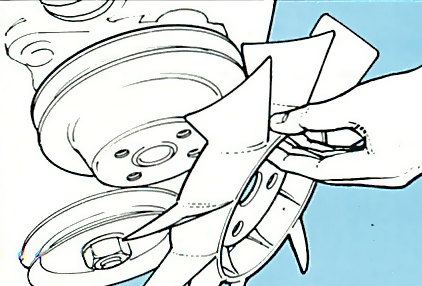
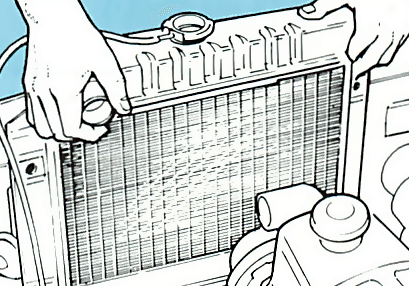
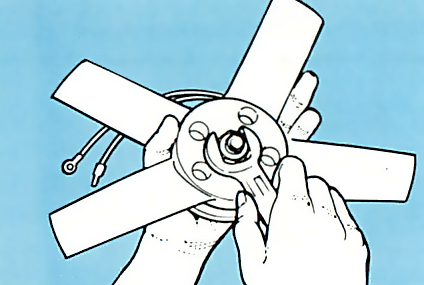
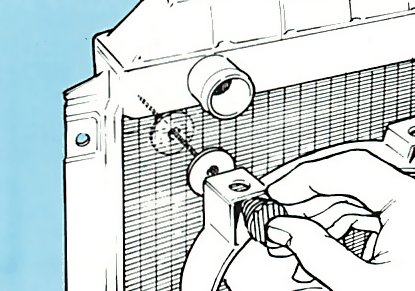
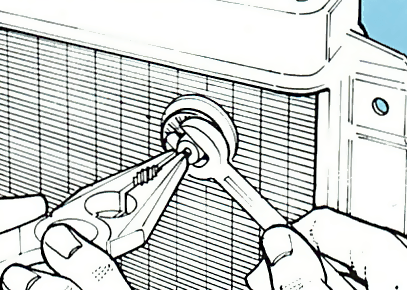
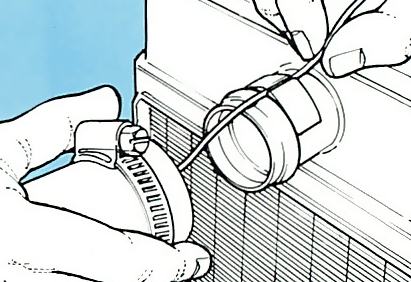
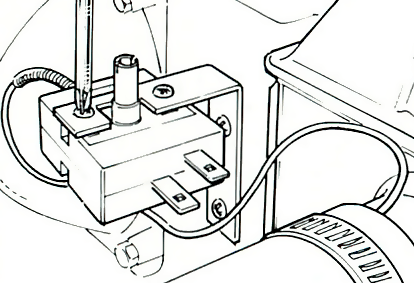
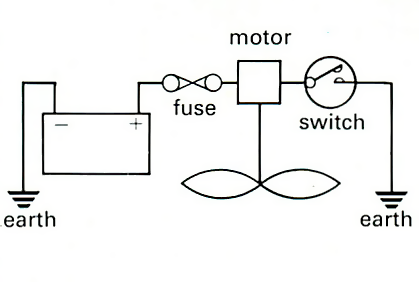
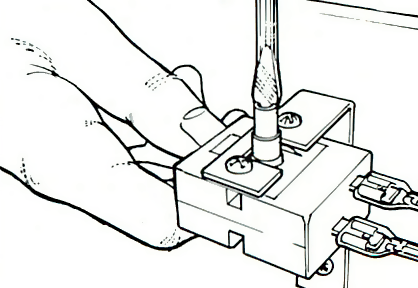
The Ultimate Car Mechanics video course
Learn everything about modern cars from our new video series.
Learn more >-
We build a Mazda MX5 Miata from scratch
We start by tearing down and then rebuilding the whole car.
-
Every part explained
There's ridiculous detail on every part. Clearly and easily explained.
-
All modeled in 3D
We've created the most detailed 3D model ever produced so we can show you everything working.






